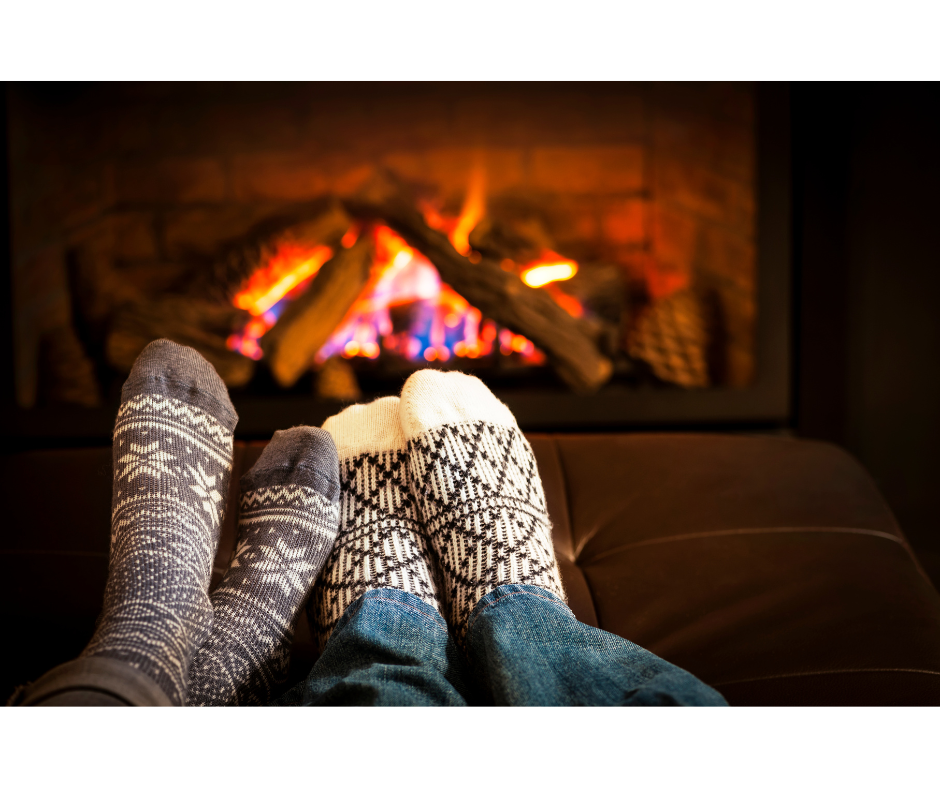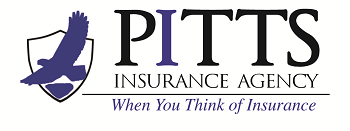 Your fireplace can be the centerpiece of your living space, offering warmth, ambiance, and a cozy spot to gather with family and friends. Understanding how your fireplace and chimney work together is key to enjoying them both safely and efficiently. Whether you’re using a traditional wood-burning fireplace or a gas insert, the design and maintenance of the chimney system play a major role in performance and safety.
Your fireplace can be the centerpiece of your living space, offering warmth, ambiance, and a cozy spot to gather with family and friends. Understanding how your fireplace and chimney work together is key to enjoying them both safely and efficiently. Whether you’re using a traditional wood-burning fireplace or a gas insert, the design and maintenance of the chimney system play a major role in performance and safety.
Benefits of a fireplace
Fireplaces are more than just architectural accents. There are many reasons homeowners love having a fireplace, beyond its visual appeal.
Warmth: Fireplaces can provide supplemental heat, especially during power outages or extreme cold.
Energy savings: When used wisely, a fireplace can help reduce your reliance on central heating, especially if it’s a high-efficiency model or insert.
Ambiance: The glow of a fire helps your space feel more welcoming and relaxing, especially during colder months.
Aesthetic value: A well-maintained fireplace adds charm and character to your home, potentially increasing its resale appeal.
Focal point: Fireplaces can even serve as a social hub, turning any evening into a memorable gathering space.
Challenges of a fireplace
While fireplaces offer comfort and charm, they do come with a set of responsibilities and potential drawbacks.
Fireplace maintenance
Chimneys can accumulate creosote, a flammable byproduct of burning wood, which needs to be cleaned regularly to reduce fire risk.
Chimney draft issues
An improperly functioning flue or chimney cap can cause smoke to backdraft into your home.
Heat and energy loss
Traditional open fireplaces can pull warm air from your home and send it up the chimney if not sealed properly when not in use.
Pest entry
Uncapped chimneys can become entry points for birds, rodents, or insects. These pests might even try to build a nest in the chimney, which can cause airflow issues and pose an additional fire hazard.
Indoor air quality
Burning wood indoors releases particulate matter and gases that can affect indoor air quality if the system isn’t venting properly. A poorly maintained chimney can present health hazards, including carbon monoxide exposure.
Potential fire hazard
Of course, when you are burning wood, gas, or other materials in your home, you increase the risk for a fire you didn’t plan on. That’s why it’s so important to practice safety measures and best practices for fireplace upkeep.
How often should I have my fireplace inspected?
It’s a good idea to have your fireplace and chimney inspected at least once a year. The National Fire Protection Associationrecommends annual inspections regardless of how often you use your fireplace. Even if you haven’t burned a single log all season, nests, moisture damage, or structural wear could still be present.
If you use your fireplace frequently, a mid-season checkup may also be wise, especially if you burn wood regularly, which can accelerate creosote buildup. Scheduling your inspection in the early fall, before peak fireplace season, can help you avoid the winter rush.
How to find a qualified chimney expert
Not all chimney professionals are the same, so it’s worth taking the time to find a qualified expert. Here are a few things to consider:
Certification: Look for technicians certified by nationally recognized organizations, such as the Chimney Safety Institute of America (CSIA).
Experience: Ask how long they’ve been in business and what kind of fireplaces they specialize in. Experience with your specific fireplace type matters.
Coverage: You want to choose an inspector or sweep that carries the proper insurance in case of accidental damage during the inspection or cleaning.
Thoroughness: A good inspector will look at the chimney liner, firebox, damper, and exterior masonry. They should also check for moisture intrusion and structural integrity.
Reputation: Read reviews or ask neighbors for recommendations. A solid reputation in your area can help you uncover someone who delivers consistent quality.
Blog courtesy of our partner Encompass Insurance.
